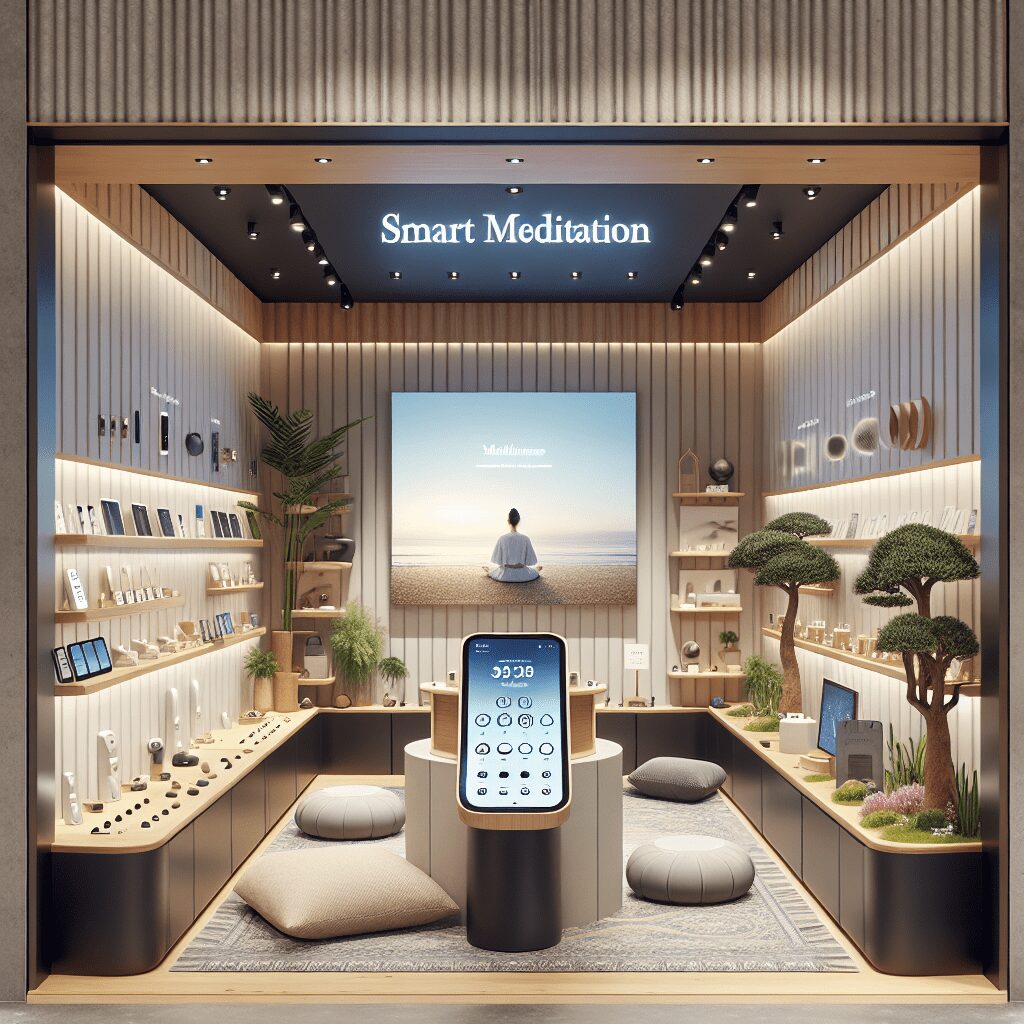
Prioritize your mental well-being daily. Enhance your life by nurturing your mental health with the Smart Meditation app. Break free from stress, alleviate anxiety, and enhance your sleep quality starting today.
What Percentage Of Us Population Takes Antidepressants?
Unveiling the Numbers: A Deep Dive into Antidepressant Usage in the U.S.
In the modern hustle and bustle of life, it’s no secret that the pursuit of mental well-being has become as important as physical health. The U.S., a pioneer in many aspects of healthcare innovation, has seen a noticeable rise in the use of antidepressants. But just how extensive is this phenomenon? Let’s peel back the layers and explore the statistics and implications of antidepressant usage in the Land of the Free.
The Surging Tide of Antidepressant Use
Believe it or not, the figures are quite staggering. According to data from the National Center for Health Statistics, approximately 13% of Americans aged 12 and over reported taking an antidepressant in the past 30 days, as of the last few years. This statistic isn’t just a number—it’s a reflection of a broader trend that has seen a nearly 65% increase in antidepressant use from 1999 to 2014.
But what’s behind this uptick? Well, it’s a mixed bag. The growing acceptance and destigmatization of mental health issues certainly play a crucial role. More people are now willing to seek help and discuss their mental health openly, which, in turn, leads to higher reporting and diagnosis rates. Additionally, the advancements in medical science have brought about more effective and less stigmatizing treatment options.
A Closer Look at the Demographics
Diving deeper into the demographics, some patterns emerge that shed light on who is most likely to reach for these medications. The data illustrates a notable disparity across different age groups, genders, and socioeconomic backgrounds.
- Age Matters: Usage tends to increase with age, with adults aged 60 and over being the most likely to use antidepressants.
- Gender Gap: Women are reported to be nearly twice as likely as men to use antidepressants, a disparity seen across most age groups.
- Socioeconomic Factors: There’s also a correlation between antidepressant usage and healthcare access. Individuals with private health insurance or Medicare are more likely to use these medications compared to those without health insurance.
Navigating the Waves
The increase in antidepressant usage in the U.S. is a double-edged sword. On one hand, it signifies a positive shift towards recognition and treatment of mental health conditions. On the other hand, it raises questions about over-reliance and the importance of comprehensive care models that include therapy, lifestyle changes, and community support alongside medication.
It’s crucial for healthcare providers to tailor treatments to the individual, considering all aspects of their well-being. Moreover, society’s role in supporting mental health through policy, education, and reducing stigma cannot be overstated.
In Conclusion
The landscape of antidepressant use in the U.S. highlights a complex interplay of societal, medical, and individual factors. As we move forward, the goal shouldn’t just be to manage statistics but to ensure that each individual has access to the care they need to flourish. After all, mental health is not just about the absence of illness, but the presence of overall well-being.




